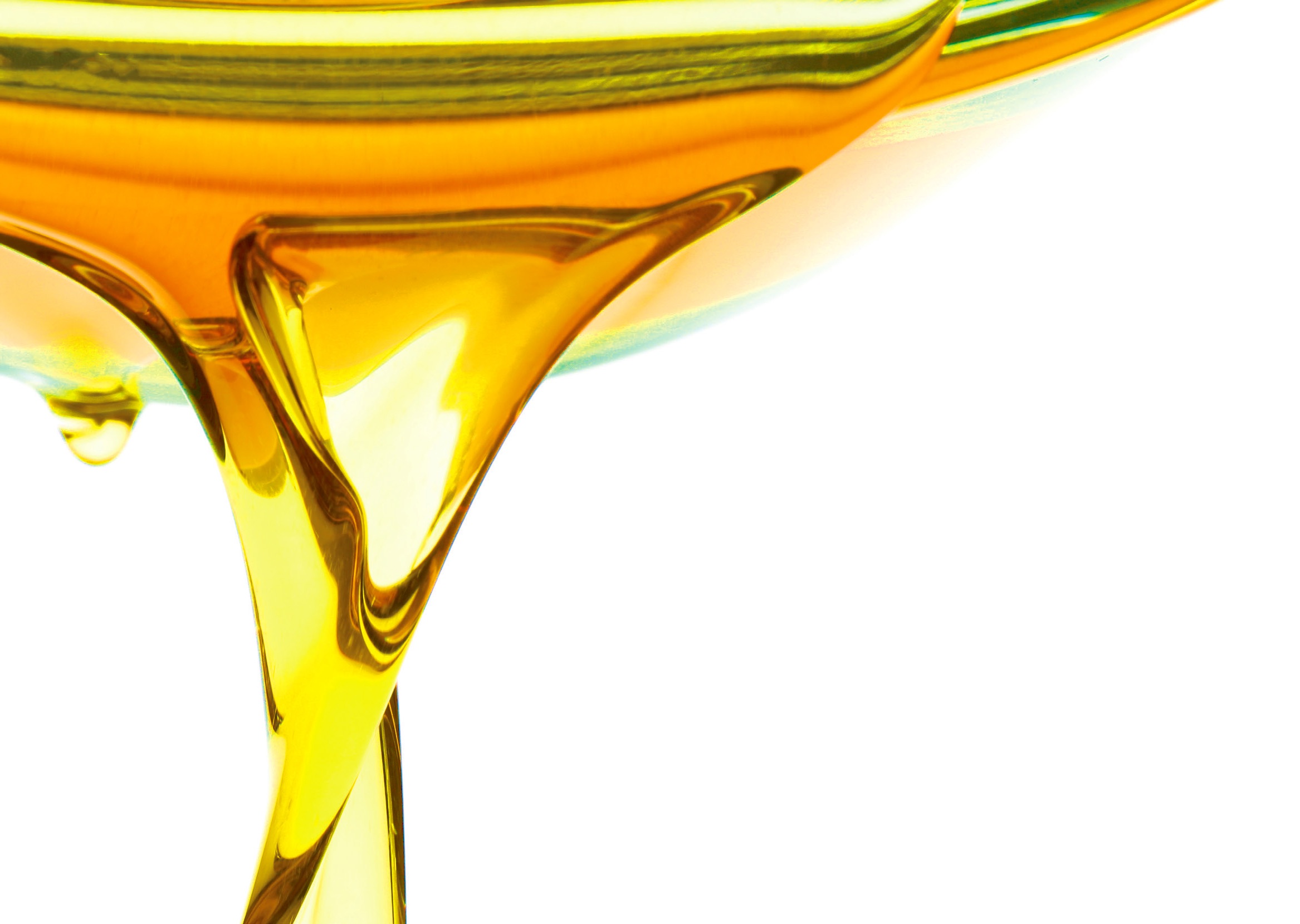There is more to oil than you think
Dr. Selim Erhan, TLT Editor | TLT From the Editor June 2022
The unique characteristics of each type of oil should be considered when choosing the correct oil for an application.

We all have an image, a mental picture when we hear the word oil, but it represents different materials to each one of us. There are quite a few different oils, from petroleum to vegetable oils with a wide range of applications from cooking oils to therapeutic oils. Some are even water soluble! Regardless of what comes to mind, it is a functional product and is needed from oiling screeching door hinges to aircraft and space shuttles and in many applications in between. As you can imagine, and of course actually know as we are a lubricant society, different applications require different oils. Sometimes oils are interchangeable, but most applications need more specificity. Occasionally people just get familiar with a group of oils for their needs and then lump the rest of the “oils” together. This mentality can become hindering when different solutions are needed.
If we look at the oils according to their function, a very lively world opens in front of us. There is the world of mineral oils. This is a big family. There are naphthenic oils, paraffinic oils and aromatic oils. These are mostly used as base oils and process oils. Yet when we dive into what they do, we see that minute differences can lead to significant differences in the end performance. The performance of oils depends on how the molecules interact with each other, how they interact with the surfaces they cover and how they interact with the other molecules in the same liquid domain. What we would consider a neutral oil may be neutral electrically, as in they will have no polar groups or charge separation on the ends. But this does not account for the importance of geometry.
If we compare two base oils, both refined so they have no aromaticity (in other words all double bonds and benzene rings have been eliminated, and one may have side chains while the other is more a straight chain), you can envision that the molecules with side chains will have some entanglement. In fact, one of the big differences between naphthenic oils and paraffinic oils is that naphthenics have rings and side chains whereas paraffinic may have some side chains. This additional branching in naphthenic oils enables them to hold on to other types of molecules, sort of cradling them or getting them entangled, thus increasing solvency. This is a big reason why every naphthenic oil is not the same. The refining conditions and the difference in catalysts between manufacturers lead to slight variations that can make a difference in a specific application.
On the other hand, this type of entanglement would create some internal friction. So, if naphthenic oils are used in metalworking fluids, they would exhibit much better solvency that is much needed in a complex formulation with many dissimilar molecules that have to stay together. But they may not be a great choice for an engine oil where one wants as little internal friction as possible to save on fuel consumption. Here paraffinic oils with straight chains will deliver a smooth flow and related lubricity. But these molecules do not have any polar groups, so if surface affinity is needed for better lubrication, then a formulator must introduce molecules such as esters that will have surface affinity through the polar, ester links. These esters also are used in increasing the solvency of paraffinic and very neutral oils such as polyalphaolefins so they can carry polar molecules like antioxidants and dispersants.
Aromatic oils have both rings and conjugated double bonds. They show great solvency, but unfortunately the benzene ring is carcinogenic. Sadly because of the electron structure, the rings are very stable. If one of these electrons from the rotating six pairs is plucked by radiation or some other reason, the rotating electrons are able to carry the loss for a long time by sharing the stress. Eventually it will get an electron. So, if by that time that ring finds its way to a DNA, the DNA will lose an electron to the benzene ring. When DNA becomes a free radical and tries to compensate and itself, which may lead to a non-functioning DNA that can multiply and can form tumors.
Vegetable oils, being esters, can help with the high solvency and polarity. They are again thought of as oils but are actually esters. Very specific in shape, these molecules have a strong electron density at one end and hydrocarbon chains on the other end. These chains can have double bonds, and these bonds are put in a cis-configuration, making a bend in the chain, thus also adding entanglement and increasing solvency. In fact, the number of double bonds introduce quite different characteristics, and we see significant differences between the vegetable “oils.” But then, if the application needs the oil for a long time and the oil will be in contact with air, those double bonds can oxidize and must be protected.
In all the above classes—the double bonds, the bends, the rings and polar groups, and how they interact with neighboring molecules, wet surfaces and stay on surfaces—opens up a lot of opportunities to be able to select the right molecules or replace an existing one with a better performing one. If they are not the same, why not take advantage?
Dr. Selim Erhan is director of business development for Process Oils Inc. in Trout Valley, Ill. You can reach him at serhan@processoilsinc.com.